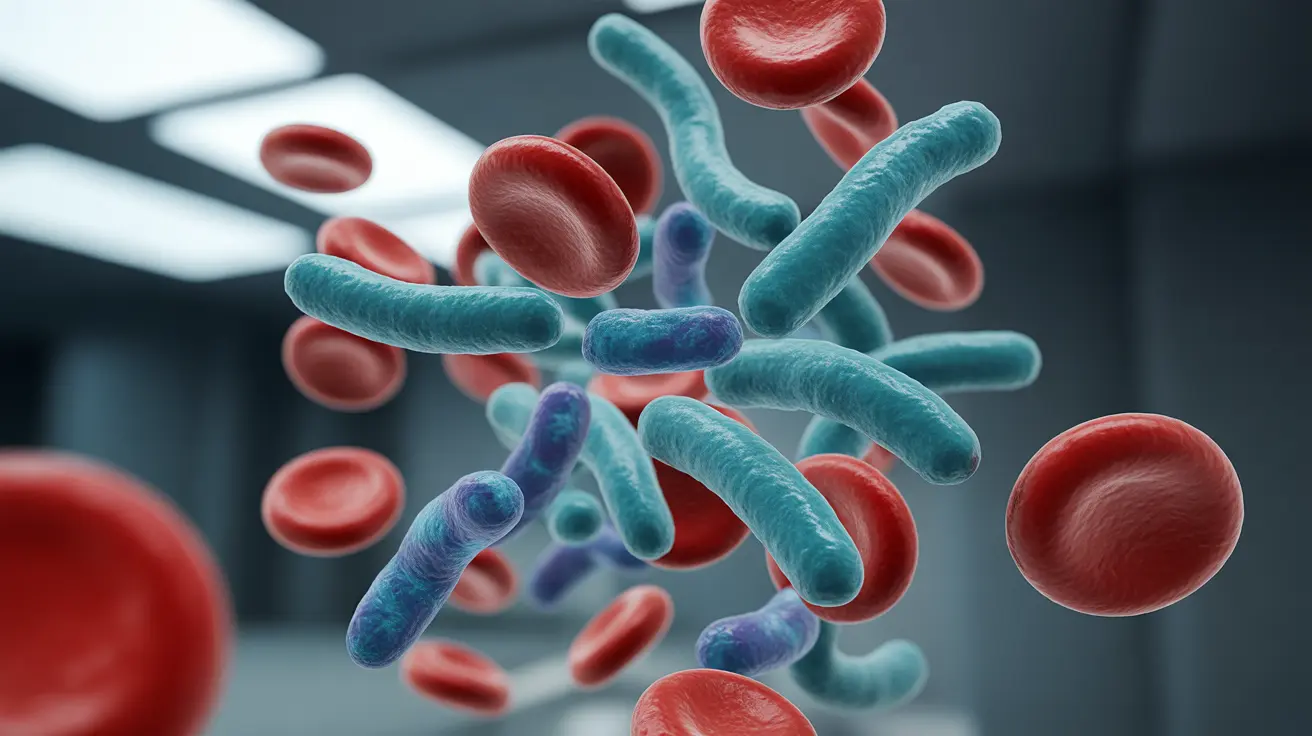Leukemia, a complex blood cancer affecting both children and adults, has varying survival rates that depend significantly on several factors, with age being one of the most critical determinants. Understanding these survival rates can help patients and families better navigate their treatment journey and set realistic expectations for recovery.
Recent medical advances have dramatically improved leukemia survival rates across all age groups, though outcomes still vary considerably based on the specific type of leukemia, the patient's age at diagnosis, and other important health factors.
Age-Specific Survival Rates
The survival rate for leukemia shows notable variations across different age groups:
- Children (0-14 years): Generally have the most favorable outcomes
- Young adults (15-39 years): Show good response to treatment
- Adults (40-64 years): Moderate survival rates
- Elderly (65+ years): May face more challenging prognoses
These differences arise from various biological and treatment-related factors, including the body's ability to tolerate intensive therapies and the presence of other health conditions.
Types of Leukemia and Their Impact on Survival
Acute Lymphoblastic Leukemia (ALL)
ALL predominantly affects children and typically has the highest survival rates among all leukemia types, especially in younger patients. The five-year survival rate for children with ALL has improved dramatically over recent decades.
Acute Myeloid Leukemia (AML)
AML tends to have lower survival rates compared to ALL, particularly in older adults. However, targeted therapies and improved treatment protocols have led to better outcomes in recent years.
Chronic Forms of Leukemia
Chronic leukemias, including Chronic Lymphocytic Leukemia (CLL) and Chronic Myeloid Leukemia (CML), generally have better long-term survival rates due to their slower progression and more treatment options.
Key Factors Affecting Survival
Several factors beyond age influence leukemia survival rates:
- Genetic and molecular characteristics of the cancer
- Overall health status
- Response to initial treatment
- Access to specialized care
- Timing of diagnosis and treatment initiation
Treatment Approaches by Age Group
Treatment strategies vary significantly based on the patient's age:
- Children typically receive more aggressive treatments due to better tolerance
- Adults may require modified treatment protocols
- Elderly patients often receive less intensive therapies focused on quality of life
Prevention and Risk Reduction
While some leukemia risk factors cannot be modified, certain lifestyle changes may help reduce risk:
- Avoiding exposure to harmful chemicals and radiation
- Not smoking or using tobacco products
- Maintaining a healthy weight
- Regular exercise and balanced nutrition
- Regular medical check-ups
Frequently Asked Questions
How does the survival rate for leukemia vary based on age and type of leukemia?
Survival rates generally decrease with age, with children having the most favorable outcomes. The type of leukemia also significantly impacts survival, with ALL in children having higher survival rates compared to AML in adults.
What are the main factors that affect leukemia survival rates besides age?
Key factors include the genetic profile of the cancer, overall health status, response to treatment, access to specialized care, and timing of diagnosis and treatment initiation.
What are the typical symptoms and signs of leukemia that patients should look out for?
Common symptoms include persistent fatigue, frequent infections, easy bruising or bleeding, bone pain, fever, night sweats, and unexplained weight loss. Early detection and treatment are crucial for better outcomes.
How does the treatment for leukemia differ for children versus adults?
Children typically receive more intensive chemotherapy regimens as they can better tolerate aggressive treatment. Adults may receive modified protocols based on their health status and specific type of leukemia.
What lifestyle changes or preventive measures can help reduce the risk of developing leukemia?
While some risk factors are unavoidable, maintaining a healthy lifestyle, avoiding exposure to harmful chemicals and radiation, not smoking, maintaining a healthy weight, and getting regular check-ups can help reduce risk.




